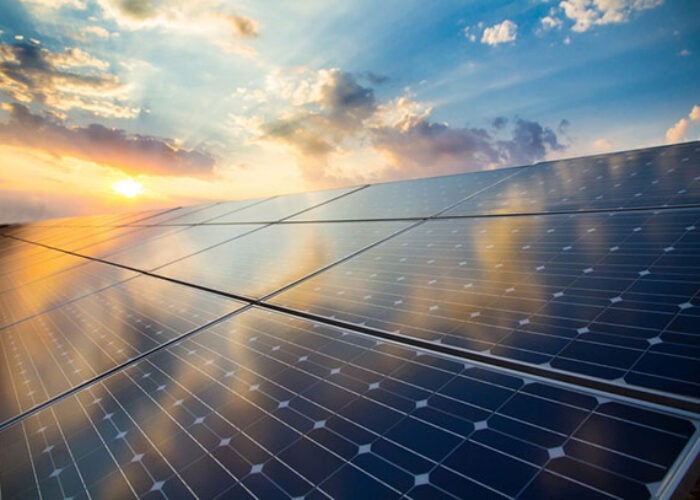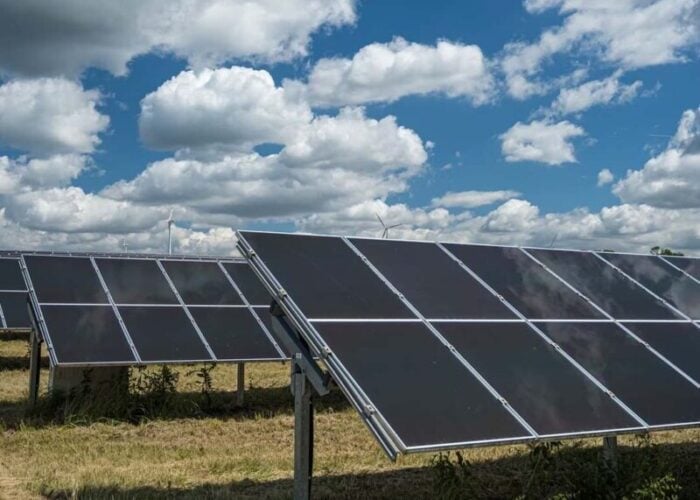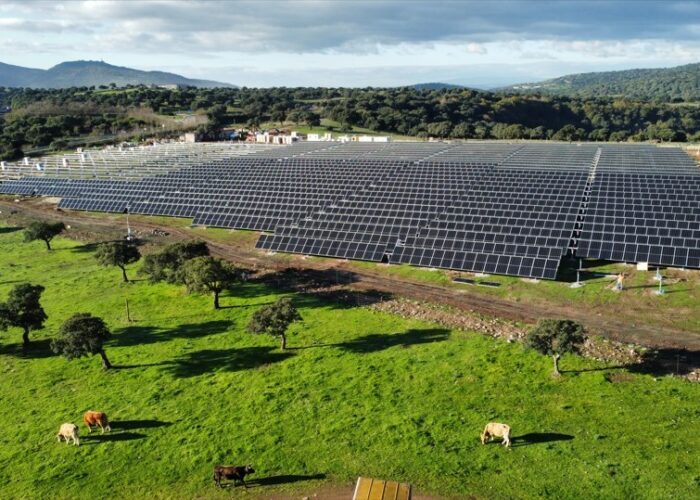The latest installation figures from the German Federal Network Agency show that the country’s mid-year subsidy change for rooftop installations has caused a surge in solar demand for the first half of 2012, with more than 4.3GW installed in a period of just six months. This figure compares to just 1.71GW installed in the same period last year.
Germany’s new feed-in tariff (FiT) legislation introduces monthly tariff degressions, approved June 27 and retroactive to April 1, replacing the annual FiT cut that typically occurs in January. The amount the FiT is cut will be variable with a maximum annual degression fixed at 29%.
Unlock unlimited access for 12 whole months of distinctive global analysis
Photovoltaics International is now included.
- Regular insight and analysis of the industry’s biggest developments
- In-depth interviews with the industry’s leading figures
- Unlimited digital access to the PV Tech Power journal catalogue
- Unlimited digital access to the Photovoltaics International journal catalogue
- Access to more than 1,000 technical papers
- Discounts on Solar Media’s portfolio of events, in-person and virtual
Installation figures in the first half of this year show that in May some 8,500 new PV installations with a total capacity of ~2.5GW were reported, accounting for approximately 10% of Germany’s energy supply during that month, according to the Federal Association of Energy and Water (BDEW). This capacity was then added to more than 1.2GW installed in March and capacity from the rest of the period.
Yet while the first half of 2012 saw record figures of PV installed, market research firm IHS iSuppli believes the new model will prevent an end of year rush. In fact, IHS predicts that under the new model only 28% of installations slated for 2012 will take place in the fourth quarter [see figure].
“Overall PV installation capacity this year in Germany, the world’s largest solar market, is forecast to amount to 7.3GW, down just slightly from 7.5GW in 2011,” said Henning Wicht, director for PV advanced products at IHS.
“However, PV installations in the second half of this year won’t match the scale undertaken for the same period in 2011. This is largely because of differences in the timetables for the implementation of subsidies between the two years—and how customers respond to these changes.”
Annual installations of approximately 7GW to 8GW have been the norm since 2010, when the German solar market was deemed to have reached maturity after six years of development. That level is likely to decline in 2013, and then is forecast to rise from 2014 when investments pay off – with or without feed-in tariffs.







